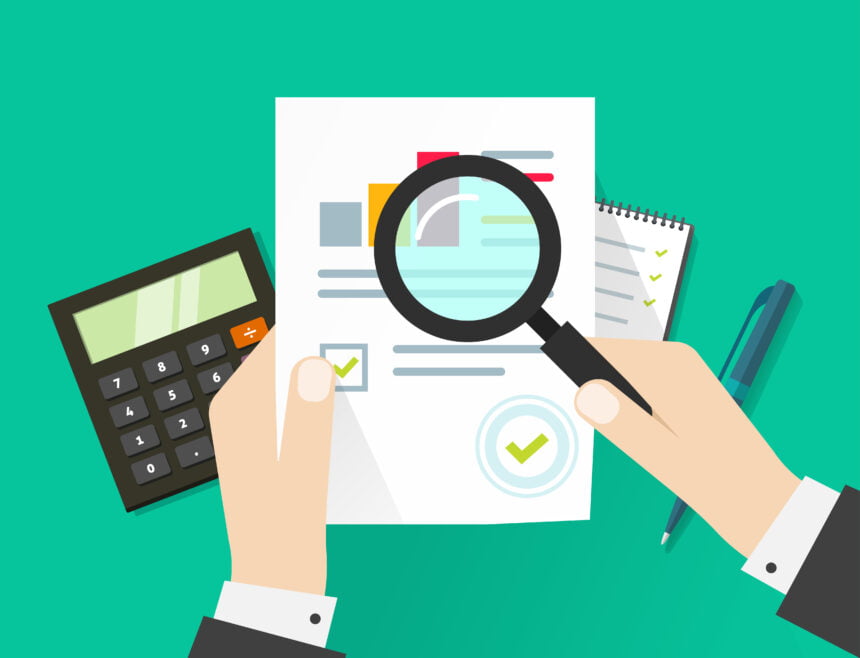Text mining and text analysis are relatively recent additions to the data science world, but they already have an incredible impact on the corporate world. As businesses collect increasing amounts of often unstructured data, these techniques enable them to efficiently turn the information they store into relevant, actionable resources.
Text analysis can fulfill multiple roles in the business world. Many prominent use cases span categorization and sentiment analysis. It’s all about revealing patterns and knowledge in potentially unintelligible data.
While text analytics and mining remain fledgling technologies, they are already helping businesses in numerous impressive ways.
1. Boosting Cybersecurity
It’s famously impossible to become 100% secure against cyber threats and data breaches. When large companies with technology as their centerpiece struggle to prevent leaks and attacks, smaller businesses with fewer resources are even more vulnerable. With over 2,000 cyberattacks every day, companies of all sizes are at risk.
However, text analytics can help in numerous ways, not least real-time protection. Corporate cyberdefenses produce massive amounts of data through logs and reports. Text analytics can help identify patterns and weak spots much more quickly than any human and often more efficiently than dedicated security software.
2. Enhanced Client Management
Big data and client communication go hand in hand. Businesses and their clients produce massive amounts of information, much of which rarely sees the light of day. From emails and chatbots to support tickets and social media interactions. Text analytics can aid businesses in determining what their general customer base expects, identify potential issues before they become unmanageable, and understand the general sentiment towards their brand.
Text analytics will also become a crucial component of most CRM systems. Once they grow to thousands of records in size, the technology could establish itself as the best way to interpret and arrange data in the future.
3. Public Relations
Using text analytics to measure sentiment can extend beyond what existing customers think. For example, brand and reputation management has never been more critical, especially in a world where a string of bad reviews can render a small business obsolete.
Over 90% of online consumers consult reviews before making a purchasing decision, and they’re often outside a company’s direct control.
This example illustrates that text analytics can involve more than just a brand’s own data. With the right technology in place, brands can monitor social media, chat rooms, forums, and review sites to understand where their reputation stands in online conversation.
The inherent efficiency of text mining means that it’s possible to follow much more than a human or basic software could. For example, it’s possible to process and find patterns in everything from the primary brand name to specific products, executives, and anything else related to the business.
Once again, text mining parses and processes large amounts of data and comes into its own when identifying patterns and anything else notable in the data collected.
4. Lead Generation
Text analytics can be configured to not only help nurture existing client relationships but to identify entirely new ones. While only publicly viewable information is of use here, text mining can sift through the reams of unstructured data produced on social media each day to discover where a business can meet a need.
This can be as simple as a solitary tweet where someone is interested in a product. But, conventionally, the relatively few companies that pursue leads based on tweets would have to rely on hashtags and mentions even to become aware of their products being discussed.
Text analytics can outdo even the most feature-packed social media tools, not least because it can identify general terms and interpret the context. For example, when someone shows interest on social media, they might do so without knowing that a specific company sells a product or provides a service. Text analytics platforms can identify a need, no matter how vague, and inform sales and marketing teams of a potential addition to their audience.
5. Recruitment
Developments in technology and particularly artificial intelligence haven’t all been met with acclaim in the recruitment industry. The increased use of screening software and filters that rely on keywords has enforced homogenization of sorts in resume submissions. In effect, people have to carry out the equivalent of search engine optimization on job applications to stand any chance of even being seen by a real person.
However, similar technology can aid businesses in more exciting ways than just saving time for hiring managers. It’s very similar to the lead generation use case but focuses more on discovering the best possible employees.
For example, one of the best times to find the best employees is before they land in the broader recruitment market. Less competition means a greater chance of finding the best talent quicker, and text analytics can identify great candidates from the mere mention of considering a new challenge.
In Closing
Brands have access to more data than ever before and are constantly on the lookout for solutions to make that data usable. Text analytics is a highly promising discipline, and early adoption could be just the tip of the iceberg. Ultimately, it will enable companies to monitor virtually any public content across any platform while also making sense of the data to push them towards their business goals.
Used effectively, text analytics will prove a crucial component of utilizing modern brands’ ever-increasing data collection efforts.

